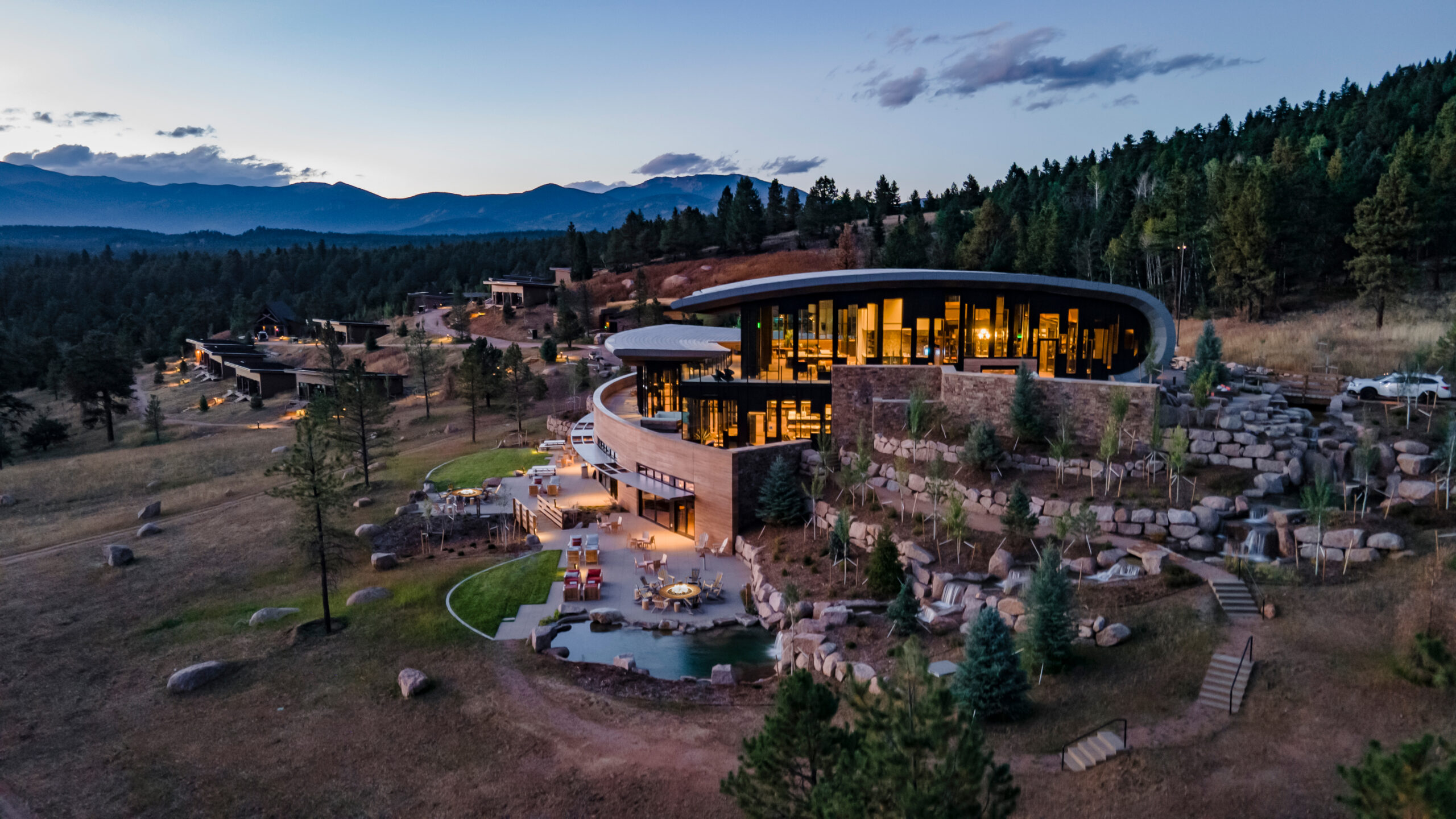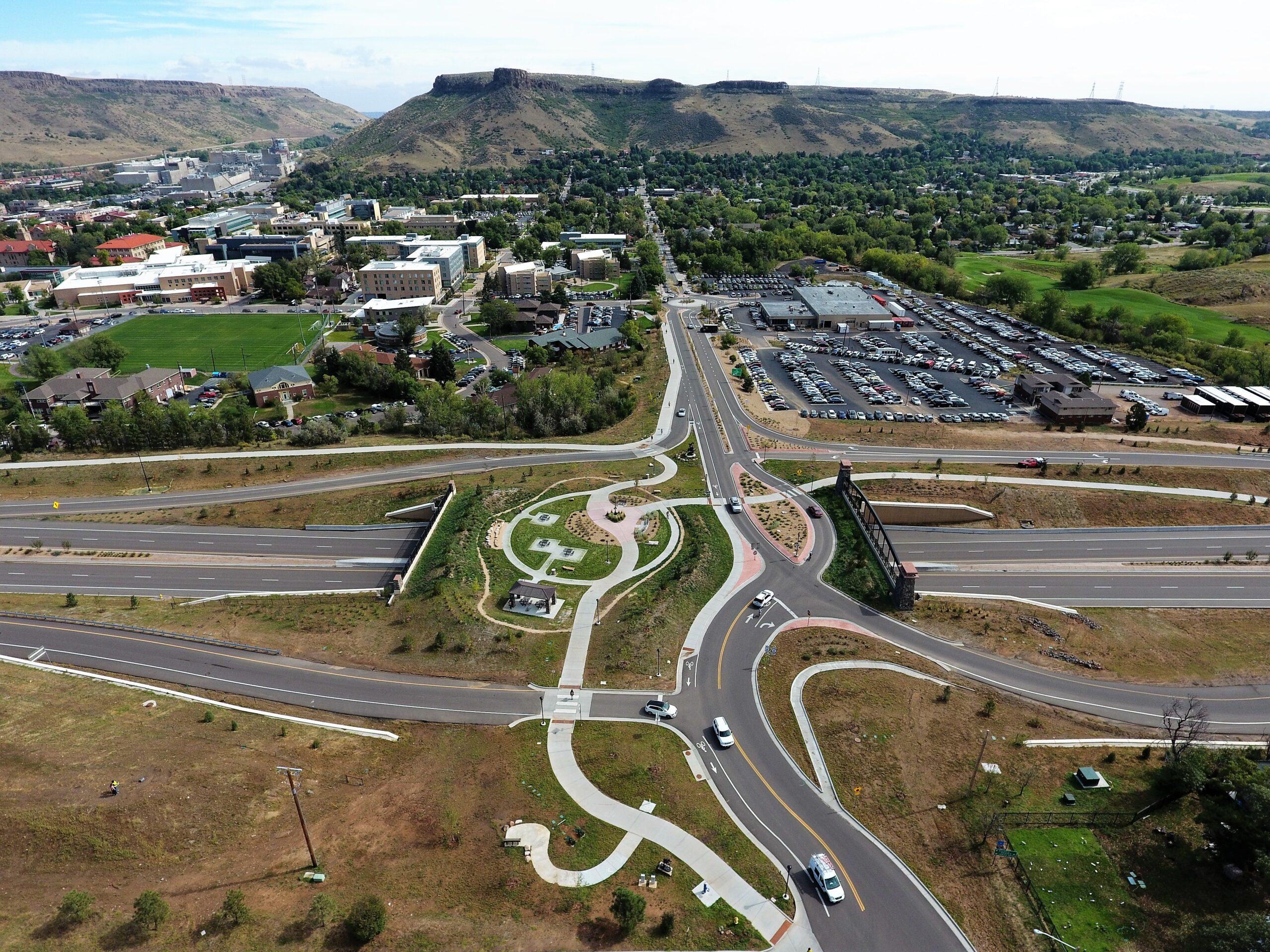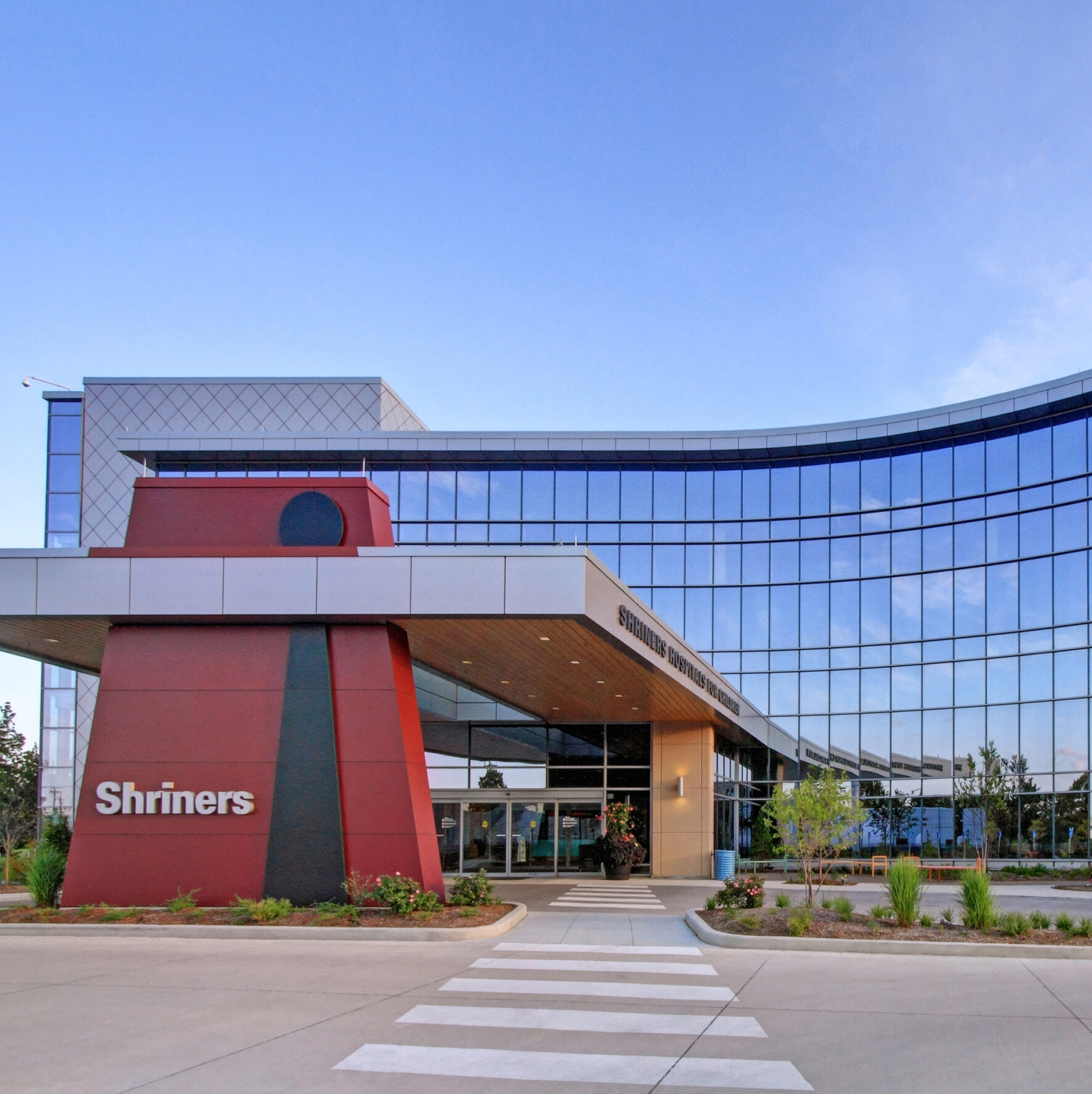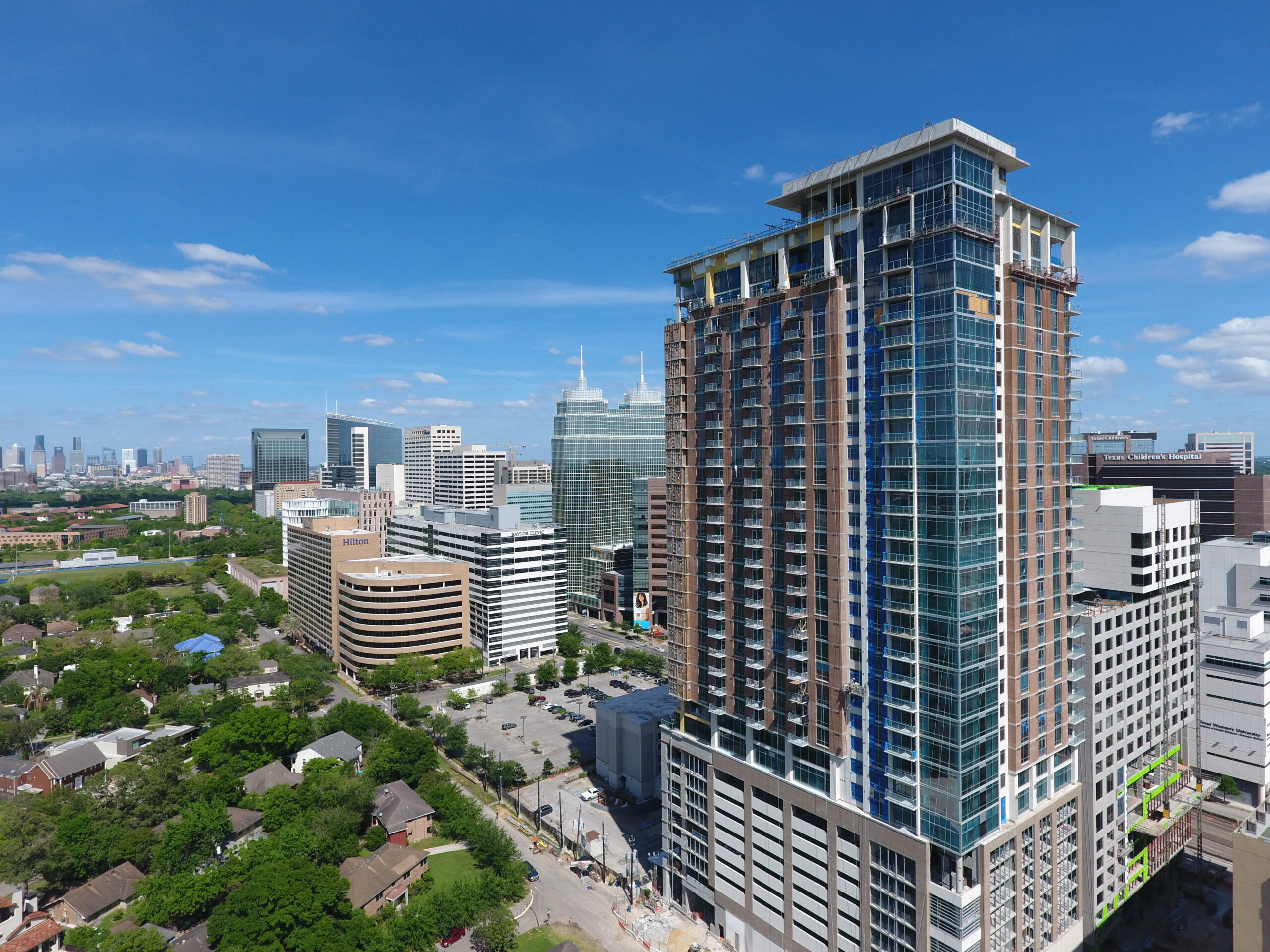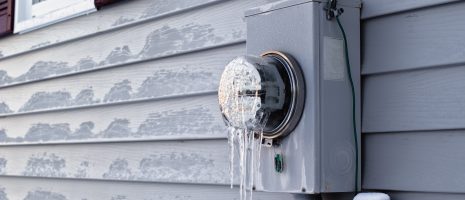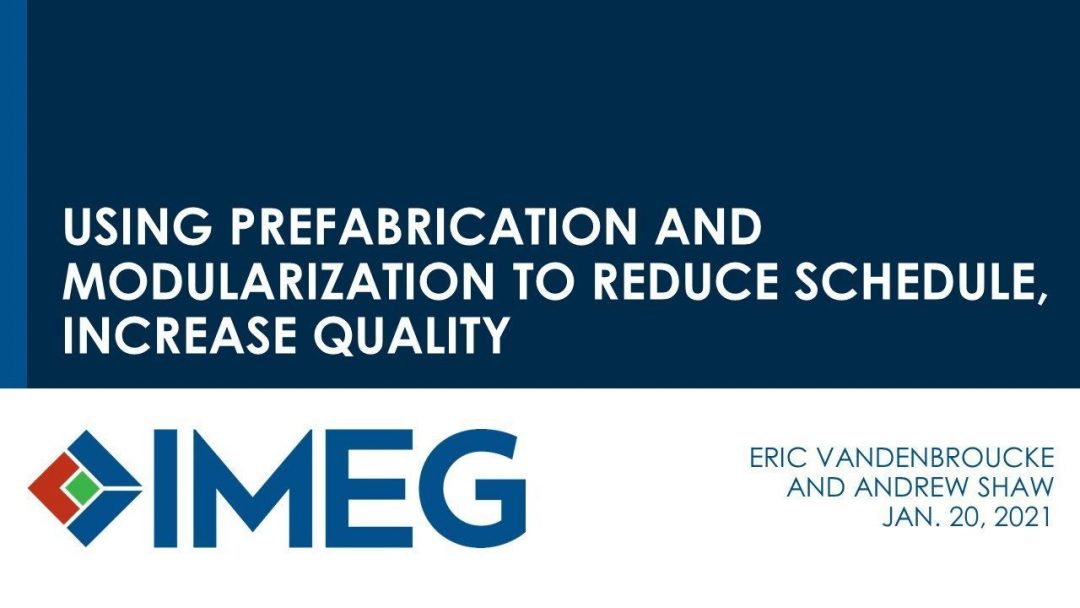2024 IECC: Onsite renewables and other updates owners need to know about for new projects
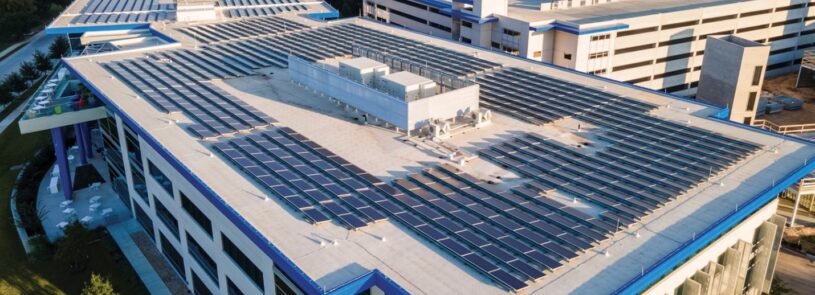
By Dave Bodenschatz
The 2024 update to the International Energy Conservation Code (IECC)—widely adopted for commercial construction in cities and states across the U.S.—aims to cut utility costs, improve occupant comfort, and prepare buildings for the future. For owners planning new projects in the coming years, following are key aspects of the updated code.
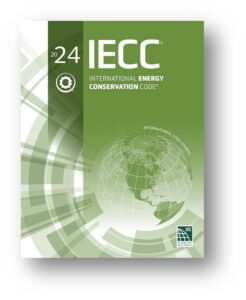 Renewable-ready by default: Many new commercial buildings, especially those over 5,000 square feet, will be required to have on-site renewables (usually rooftop solar). If space is tight, there may be alternatives, such as procuring off-site renewable energy.
Renewable-ready by default: Many new commercial buildings, especially those over 5,000 square feet, will be required to have on-site renewables (usually rooftop solar). If space is tight, there may be alternatives, such as procuring off-site renewable energy.
More flexibility: The code offers flexible paths to show your building is efficient—either by following simple prescriptive checklists or by showing overall performance in a model. This helps with right-sizing systems for those seeking compliance while deterring those seeking loopholes.
More energy monitoring: Buildings 10,000 square feet and larger will need basic submetering (including EV charging). You’ll see where your energy goes—so fixes are faster and smarter.
Improved thermal envelope: Buildings can comply with prescriptive requirements for insulation, solar reflectance/emittance, fenestration, and air leakage. Better air sealing and testing reduces drafts and wasted energy and provides tighter, more comfortable buildings.
Smarter controls that save automatically: Demand-responsive controls and occupancy sensors for a variety of spaces enable such automated functionality as lights dimming or turning off when daylight is available or spaces are empty; hotel rooms powering down when unoccupied; and HVAC output decreasing in unused rooms.
What to do now
Owners should begin preparing now for compliance with the 2024 IECC update, which the Department of Energy recommends be adopted by local and state governing bodies by Dec. 30, 2026. Your preparations should include:
- Planning early for renewables, considering such factors as roof capacity, structural and electrical needs, and backup options
- Choosing your compliance path—keeping it simple with a prescriptive checklist or using a performance model if it fits your goals
- Budgeting for meters and controls and including commissioning to make sure modeled savings are realized
Owners will incur upfront costs for the renewable infrastructure, controls, and metering. The payoffs of compliance, however, include improved comfort, quality lighting, clearer insight into energy use (helpful for benchmarking rules), and long-term energy savings. Taken as a whole, these benefits will pave the way to more efficient, resilient, and future-ready buildings.
Contact IMEG for more information and practical steps toward achieving 2024 IECC compliance.
